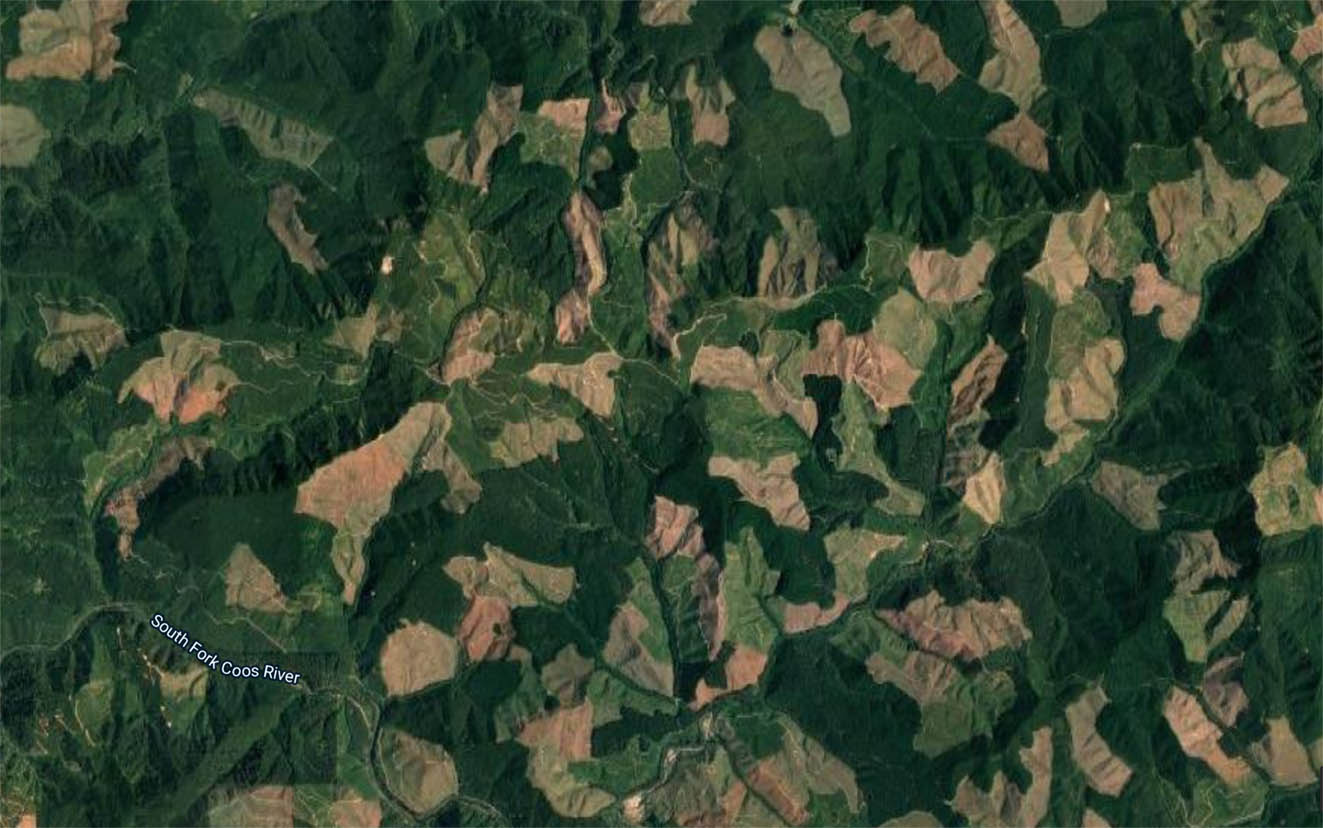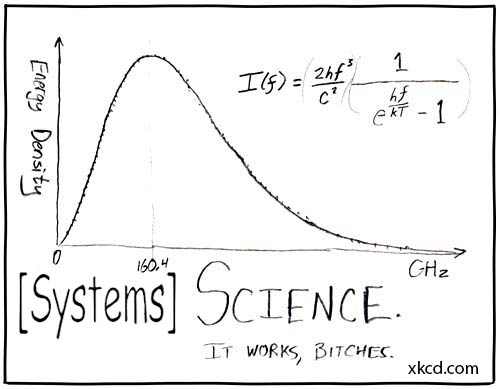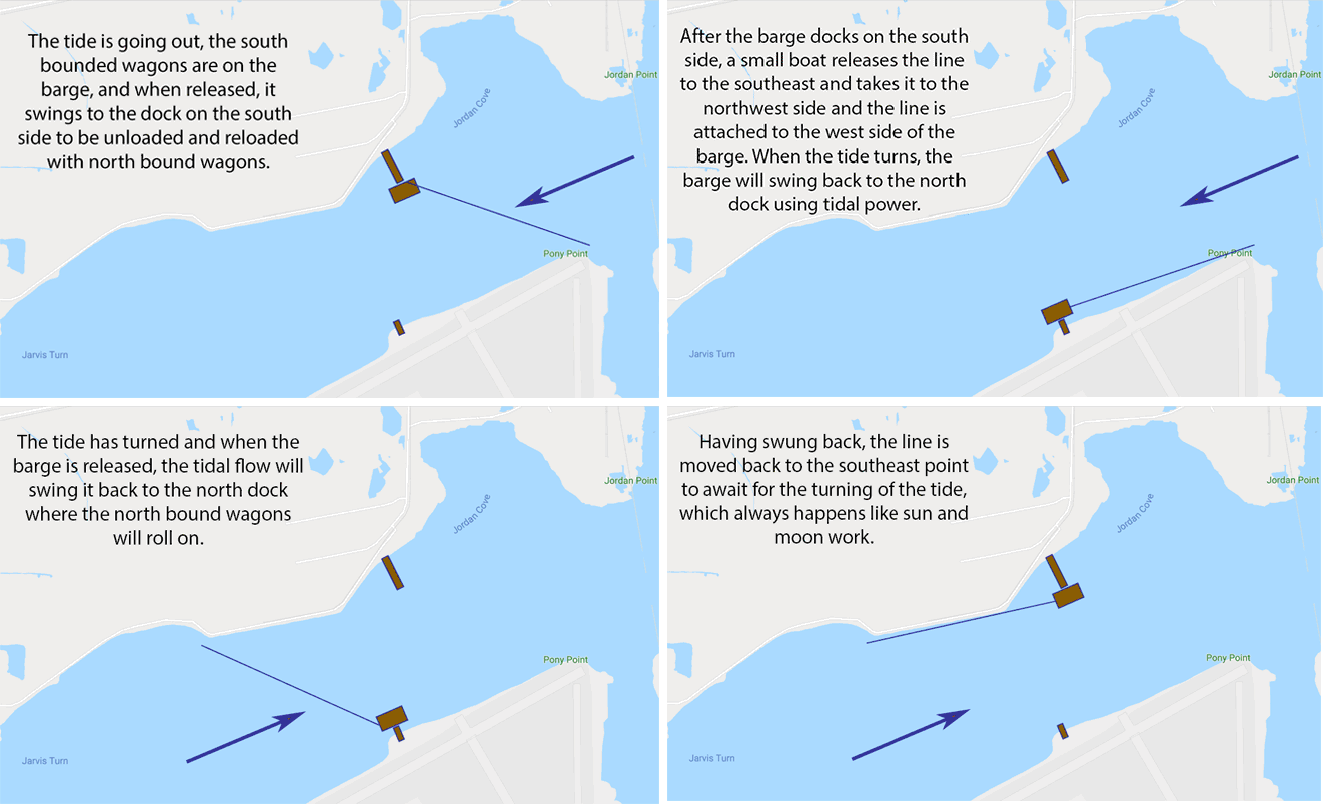
TUESDAY, DEC 10, 2019 or 25X69 (25 Dec in the year 69 AA)

Hu-man Day
To remember why
Eric Lee, A-SOCIATED PRESS
TOPICS: EARTH DAY, FROM THE WIRES, UNCELEBRATE HUBRIS MAN
Abstract: HUMAN! Day used to be everyday, but that didn't work out. In the future I envision, April 22 will not be celebrated as every day will be Earth Day with some days shared to include lesser considerations such as Hu-man Day. Hu-man Day is a day of solemn remembrance lest we forget the past and so become doomed to repeat it.
COOS BAY (A-P) — Everyday used to be Human Day (in 2014 the UN declared everyday Human Rights Day, not just December 10), but per the newly formed Naturocracy Alliance's decree (Universal Declaration of Natural Rights), everyday is Earth Day.
There is one exception: on 25X (per calendar of the United Federation of Watersheds) Hu-man Day is observed so that we hu-mans of NIHM can remember our hubric ways and thereby be ever vigilant to prevent their return. Now that everyday is a day to serve Nature, we set aside one day to remember why, which also serves Mother.
To observe Hu-man Day, 2019, I walked seven miles to the McCullough Memorial Bridge built in 1934-36 to allow traffic on Hwy 101 to cross Coos Bay in 10-15 seconds without delay. It is currently closed to pedestrians to allow sacrificial anodes to be added to delay structural failure due to the corrosive effect of the salty sea air. The bridge is 'needed' so people and materials can go faster to better grow the economy. When will this be the site of the McCullough Bridge ruin? I don't know.
If someone insisted I watch the following video, I'd turn the sound off, CC on if possible, and read with my finger ready to pause so I could think critically about any claims made. Does anyone else waste their time like that? But as a public service, a transcript is provided.
On the occasion of my first Hu-man Day talk, I said:
Greetings fellow hu-mans, all you netizens out there in Bitlandia who prefer audio-visual misinformation. Welcome to the first Hu-man Day talk ever given. The occasion for uncelebrating HUMAN! Day was recently declared by the Naturocracy Alliance to occur every year on this day, 25 Dec of the Federation calendar. You're not going to like what I have to say; I don't like what I have to say. There's no entertainment value. Unfortunately that doesn't mean I'm wrong about everything.
Across the bay, on the other side of these trees, is the proposed site for the future ruins of the Jordan Cove LNG terminal at the end of a proposed 234 mile pipeline to be built so natural gas, a byproduct of tight oil fracking, can be sent to China or Japan to return as commodities to stock our shelves, —for a time. A hundred years ago in 1919, when the Technical Alliance was formed, there were few cars here to cross a bridge if there had been one. The bridge that is here was completed in 1936. When the bridge fails, will there still be cars and trucks using it? In other words, will the bridge outlast the car culture? I don’t know.
The first Europeans sailed past here in 1543, taking their Spanish guns, germs, and steel with them. The first Englishman, Sir Francis Drake, anchored nearby in 1579. Britain’s Captain Cook passed by in 1778 and the Russians came to colonize North America south of Alaska in the 1790s to 1830s, and they did. By the 1790s American fur traders had made the first known-to-history contact with the people living nearby though the fur traders were preceded by smallpox. By 1824 smallpox had helped to depopulate southern Oregon. The Coos Bay native population had been about 2,000 prosperous people living the hunter-gatherer life as they had been for millennia, apart, that is, from the warfare, genocide, slavery, and the general rape and pillage selected for by early empire-building among the Pacific Northwest chiefdoms to the north as enabled by red cedar canoe technology. But after the measles epidemic of 1836, the population here was about 800 (a 60 percent depopulation by disease alone). Following a US shipwreck here in 1852, the survivors told tales of abundant resources in the area and Indo-European settlement began in 1853 with the establishment of Empire City, where I now live, for a time.
The first US ship had entered Coos Bay by mistake in 1850, and soon left, but within a few years the ‘Coose Bay Commercial Company’ and settlers were industriously extracting resources from this area. Coal was found for the taking. Unsustainable coal exports helped to keep prosperous San Franciscans, recently enriched by gold, toasty warm and comfortable. Coal and lumber exports soon made Coos Bay prosperous—for hu-mans, for a time. The first wooden sailing ships were being built here in 1857 and by 1859 the remaining Coos Bay area native peoples, the pre-Euro people, were removed to a reservation far to the north. Some were later to return as tolerably assimilated Euro-Americo-Sinoans which they remain today.
In 1855 a 105 mile strip of Oregon’s central coast (1,719 sq. miles 4452 km²), over a million acres, became the Coast Indian Reservation. By the 20st century the reservation’s size had become a fraction of one percent of its original size (5.852 sq mi, 3,745 acres or 15.157 km² or 0.34% of its 1855 size). Most residents had died or returned to occupy unwanted bits of land in their former homelands, and the reservation's 'surplus' land was given to immigrant settlers per business-as-usual.
The first car arrived in 1908, a momentous event, and the car culture soon followed. In 1914 the first amphibious vehicle, with pontoons and wheels, called the ‘Land and Water Machine’, and the first ‘dune buggy’ were developed and made here. In the mid 20th century Coos Bay was the world’s largest lumber shipping port on the planet. For a time, there was seemingly limitless lumber to prosperously export. The clear cutting of such trees as grow back every 40-60 years is still profitable, for a time.

As I was walking here, about 800 cars/trucks and other overpowered vehicles whizzed past me per hour. So as I walked here about 2,800 vehicles, with maybe 1.2 people in each, also had places to go and less time to get there than I do. In the near future, with self-driving cars, I would expect more of them to be going further. If I want a Big Mac at 2 AM, I’ll send my car out to get one. Everyone who is also an Anthropocene enthusiast, the 99 plus percent of you, will consider this as ‘progress’ towards a much better world to live in than those of us living in the early 21st century had to endure.
Traffic does slack off here somewhat before dawn’s early light. But I don’t know how long I’d have to stand here before I couldn’t see, no matter which way I looked, a moving overpowered vehicle. As Howard T. Odum, systems ecologist and perhaps universal genius, noted:
'The worst mistake in modern civilization is allowing excess automobile horsepower.... That is, we run cars and build throughways instead of asking what is the most appropriate transportation to make an optimal fit of people and environment.' Interview, 2001
A hundred years ago the most appropriate transportation was by water. A ‘Mosquito Fleet’ of small boats provided for transportation needs. When speed was needed, such as to transport a doctor to a patient, a fast catamaran under sail or a tandem kayak would work. Cargo going towards the sea could be pushed out into the bay to go with the outgoing tide, or for the ‘price’ of waiting about six hours, the cargo could go the other way with the incoming tide.
To tramp the world, sails worked, still do, and will become more common again. Hu-mans, addicted to high-power, may eventually understand real progress when it sustainably comes to them, perhaps while they are kicking and screaming, and over many a dead body of the maladapted. Alas, 'Nature is unkind.' [Laozi]
There are now, for a time, about 65,000 hu-mans living in the Coos Bay metro area. Without fossil fuel inputs to support this hub of Anthropocene enthusiasm, there used to be (prior to a vast area-wide loss of environmental productivity over the last two hundred years) about 2,000 people living here in about 40 to 50 small semi-permanent villages as hunter-foragers. When the trucks and planes and trains and ships stop coming or going, when pipelines ring hollow and electric lines are safe to cut for the copper wire, how many people will be living a prosperous life in the Coos Bay area? More than 800? Maybe. And what about people living in areas elsewhere... such as near you for example?
During descent the environmental productivity of this area will be further degraded. About 10 percent of the area has not yet been degraded compared to aboriginal times. Will one percent remain unexploited? Will there be a 99 percent depopulation of the area's wildlife, livestock, pets and humans? Will there be a 98 percent depopulation? I don’t know, but in a hundred years, it will look different.
Maybe in a hundred years there will be a grand parade in Coos Bay. Tens of thousands, maybe hundreds of thousands of people will line the streets celebrating the construction of the first of many bits of hu-manity’s Dyson sphere. Maybe, in the future, Coos Bay will be a spaceport. But I could be wrong, so don’t believe anything I say (or that you may think) about anything. Instead, listen to Nature who has all the answers. And maybe listen to those who endeavor to listen to Nature, skeptically, of course.
To quote the poet, ‘When thoughts Of the last bitter hour come like a blight Over thy spirit, and sad images Of the stern agony, and shroud, and pall, And breathless darkness..., Make thee to shudder, and grow sick at heart;— Go forth, under the open sky, and list To Nature’s teachings...’
Stop listening to the primate prattle, to the voices in your head, to one's own or another's firmly held beliefs. Stop listening to the media, mainstream or social, has to say, or to the teachers, pundits, the political and religious would-be leaders. Stop listening to the human/empire serving intelligentsia. Do it. 'To think is to listen' [U], so listen. Listen to Nature. Actually do it...bitches.

In a low power future, will humans who can't cross the bay in 10 seconds just give up, lay down and die because life wouldn't be worth living? Some will, but the adaptive will tend to perish. In the future there may be ferry service again, but using steam engines to power barges across may not be 'the most appropriate transportation to make an optimal fit of people and environment.'
Individuals walking or traveling by bicycle could be paddled across, but cargo transport involves high energy and wind power is intermittent. One solution would be to have the barge, which could be large enough to hold a dozen or more wagons and their teams of mules, attached to the other shore. When the tide is going out, releasing the barge would result in it swinging to the other side and docking. A boat would take the line and, going with the current, go across and attach it to the other side. In about six hours, the tide would have turned and releasing the barge, now unloaded and reloaded with north bound traffic, would swing to the other side when released. In another six hours it would swing back to the south side. So about every 13 hours, north bound wagons would cross, as would south bound traffic. The energetic cost would be in moving the line.

The barge could be the size of a football field. Energy would be embodied in the wood it was made of. Moving the line would require energy, but no more than one horsepower or so, e.g. a half dozen men. Making and maintaining a bridge would not work in a low-energy world, but working with the energy flows would work well and fast enough. Humans could and have done worse that slowing down and waiting for the tide to turn freely. Fewer people in a slower future is not unthinkable.
